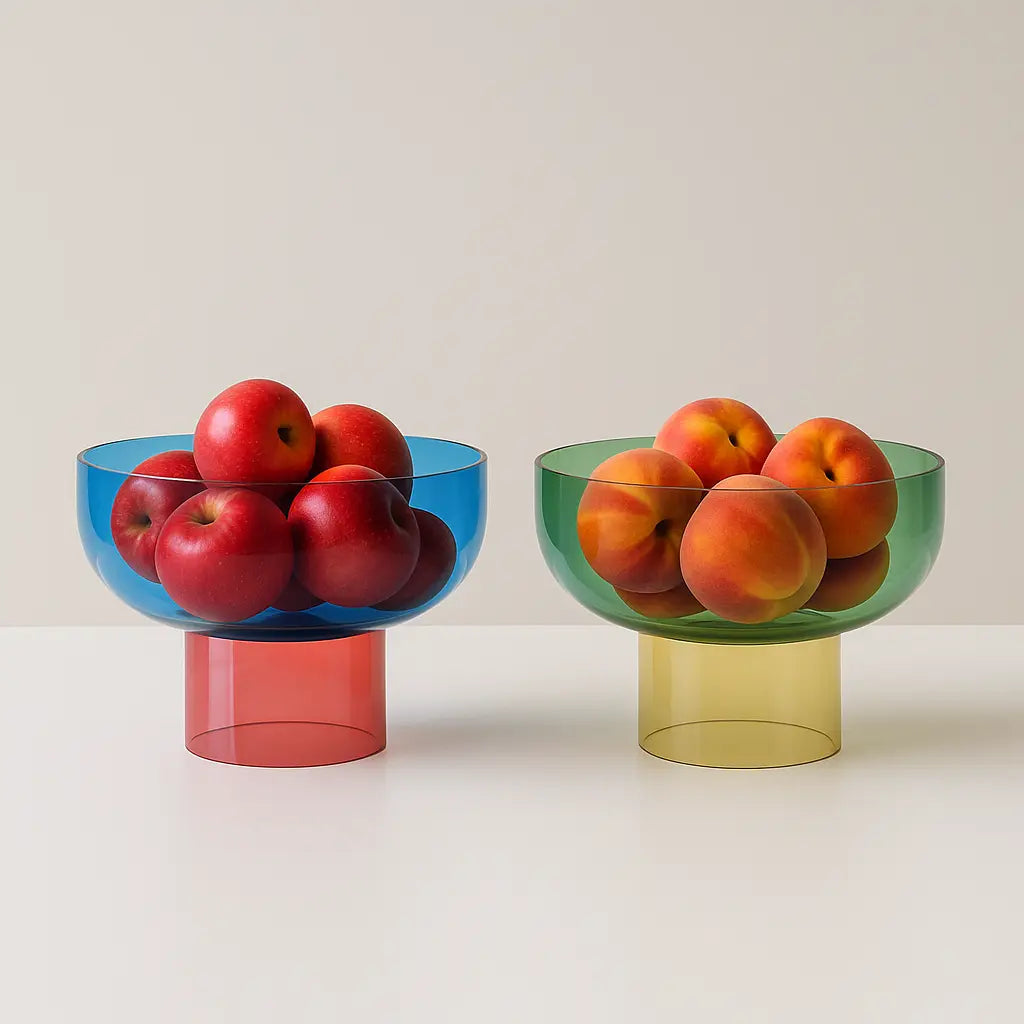Clocks Around the World: A Look at Unique and Interesting Timekeeping Devices
Share
Clocks come in many shapes and sizes, and they can be found all over the world. From traditional sundials to modern atomic clocks, here are some unique and interesting timekeeping devices from around the world:
Water Clocks
Water clocks, also known as clepsydras, were one of the earliest timekeeping devices. These clocks used the flow of water to measure time, with water dripping from a container into another container below. The rate of flow was regulated by a valve or float, allowing the clock to keep time accurately.
Incense Clocks
Incense clocks were popular in ancient China and Japan, and they used incense sticks to measure time. The burning of incense sticks was calibrated to take a certain amount of time, allowing the clock to keep time accurately.
Sundials
Sundials have been used since ancient times to measure time using the position of the sun. Sundials come in many different shapes and sizes, and they can be found all over the world. Some of the most famous sundials include the Great Sundial at the Jantar Mantar observatory in India and the sundial at the Villa Borghese in Rome.
Astrolabes
Astrolabes were used in the medieval period to measure the position of the stars and planets. These complex devices were used for a variety of purposes, including timekeeping, navigation, and astrology.
Cuckoo Clocks
Cuckoo clocks are a type of clock that originated in the Black Forest region of Germany. These clocks feature a mechanical cuckoo bird that pops out of a door and chirps to mark the hour. Cuckoo clocks are now popular all over the world, and they are often associated with traditional German craftsmanship.
Atomic Clocks
Atomic clocks are the most accurate timekeeping devices in the world, using the vibrations of atoms to measure time. These clocks are used in scientific research, navigation, and telecommunications, and they are used to calibrate other timekeeping devices around the world.
In conclusion, clocks come in many different shapes and sizes, and they can be found all over the world. From water clocks to atomic clocks, the history and evolution of timekeeping devices is a fascinating subject that reflects our human desire to measure and understand the passing of time.


